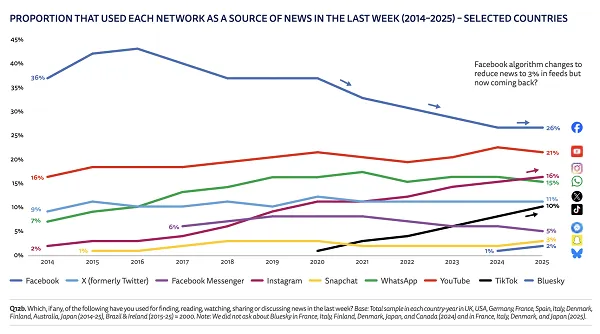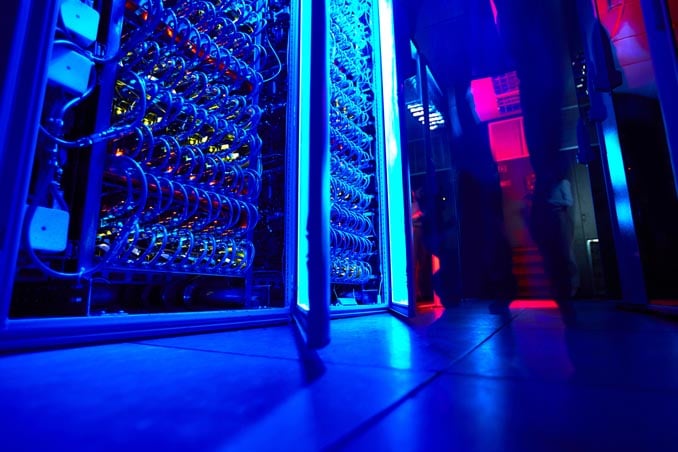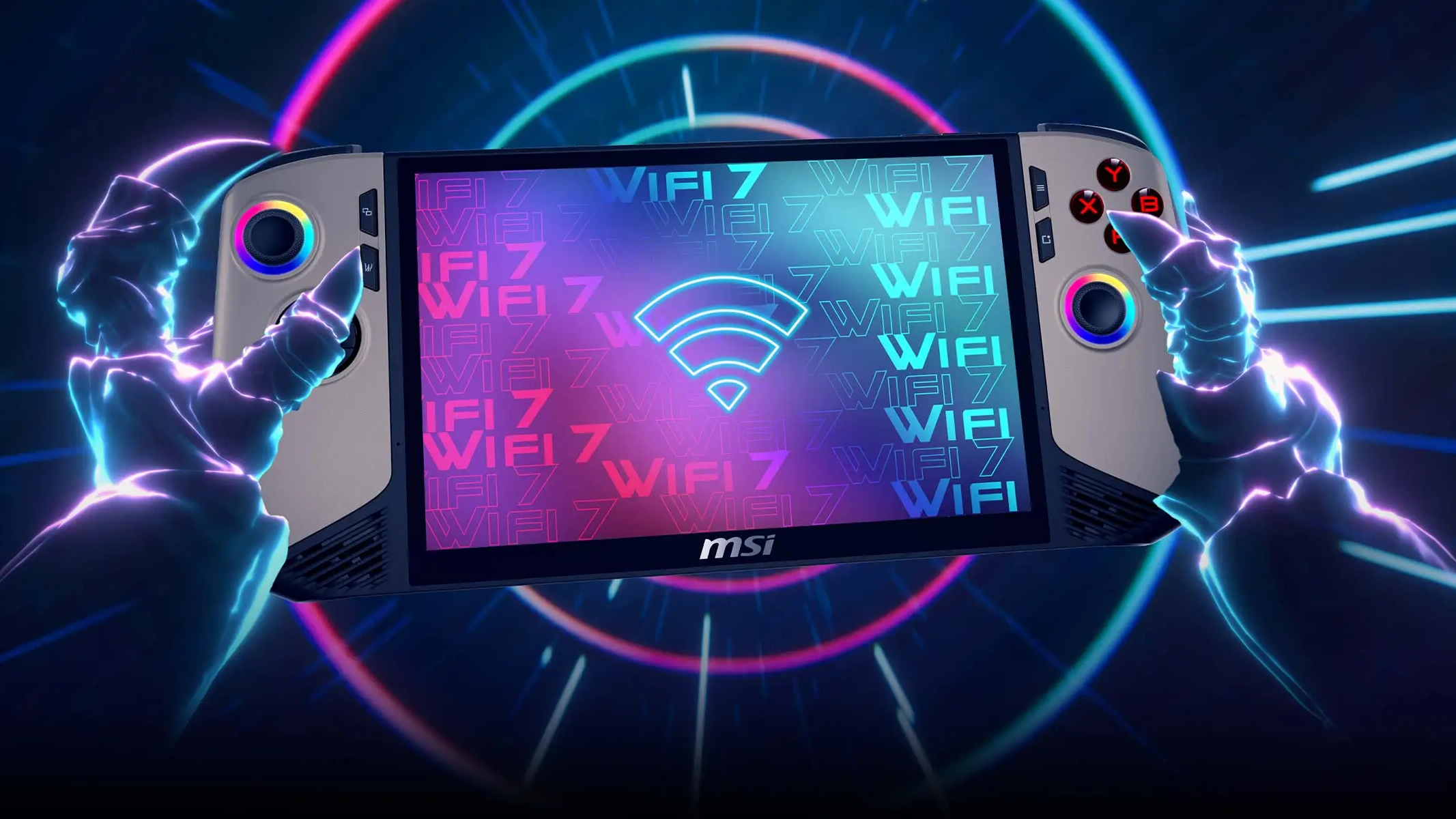AMD debuts a 400GbE AI network card with an 800GbE PCIe Gen6 NIC coming in 2026, but will the industry be ready?
AMD ships Pollara 400 AI NIC with Ultra Ethernet support and plans Vulcano 800G AI NIC for PCIe Gen6 clusters in 2026.

- AMD ships Pollara 400 AI NIC for open high-speed AI networking
- Supports Ultra Ethernet standard with RDMA and RCCL for efficient communication
- Future Vulcano 800G AI NIC targets PCIe Gen6 and rack-scale GPU clusters
AMD has begun shipping the Pensando Pollara 400 AI network card, part of the company's push for open, high-speed data center networking.
Designed for PCIe Gen5 systems, the card supports the Ultra Ethernet Consortium (UEC) standard, which aims to transform Ethernet for AI and HPC at scale.
The card offers RDMA support and is optimized for scale-out collective communication using RCCL, AMD’s alternative to NCCL.
Vulcano 800G AI NIC targeting a 2026 launch
AMD says Pollara delivers around 10% better RDMA performance than Nvidia’s ConnectX-7 and about 20% better than Broadcom’s Thor2. In GPU-heavy clusters, these gains help reduce idle time and improve workload efficiency.
The NIC uses a custom processor with support for flexible transport protocols, load balancing, and failover routing. It can reroute traffic during congestion and maintain GPU connectivity during failures.
The card features a half-height, half-length design and supports PCIe Gen5 x16, offering multiple port configurations including 1x400G, 2x200G, and 4x100G. It supports up to 400Gbps of bandwidth and integrates monitoring tools to improve cluster-level observability and reliability.
AMD claims performance boosts of up to 6x in large-scale deployments, especially when scaled to hundreds of thousands of processors.
For individual workloads, the company reports up to 15% faster AI job performance and up to 10% improved network reliability through features like fast failover, selective retransmission, and congestion management.
With UEC Specification 1.0 now finalized, the company is targeting hyperscalers. Oracle Cloud will be among the first to adopt the technology.
Looking to 2026, AMD says it intends to launch the Pensando Vulcano 800G AI NIC for PCIe Gen6 systems (Pollara and Vulcano are the names of two volcanoes in Italy).
That NIC will support both Ultra Ethernet and UALink to enable scale-out and scale-up networking for large AI workloads. Vulcano is part of AMD’s Helios rack-scale architecture, set for 2026.
AMD is positioning Vulcano as an open, multi-vendor alternative to Nvidia’s ConnectX-8. Its success may depend on how quickly the broader ecosystem can adapt to and support the new networking standards.
Writing about the two networking cards, Patrick Kennedy at ServeTheHome observes, ”At the end of the day, if you want to play in 2026 AI clusters, you need not just AI chips, but also the ability to scale up and scale out. AMD having a NIC may sound a lot like Nvidia’s playbook because that is needed. On the other hand supporting open standards is very different from what Nvidia is doing by leaning into multi-vendor and open standards.”


































































































































































































